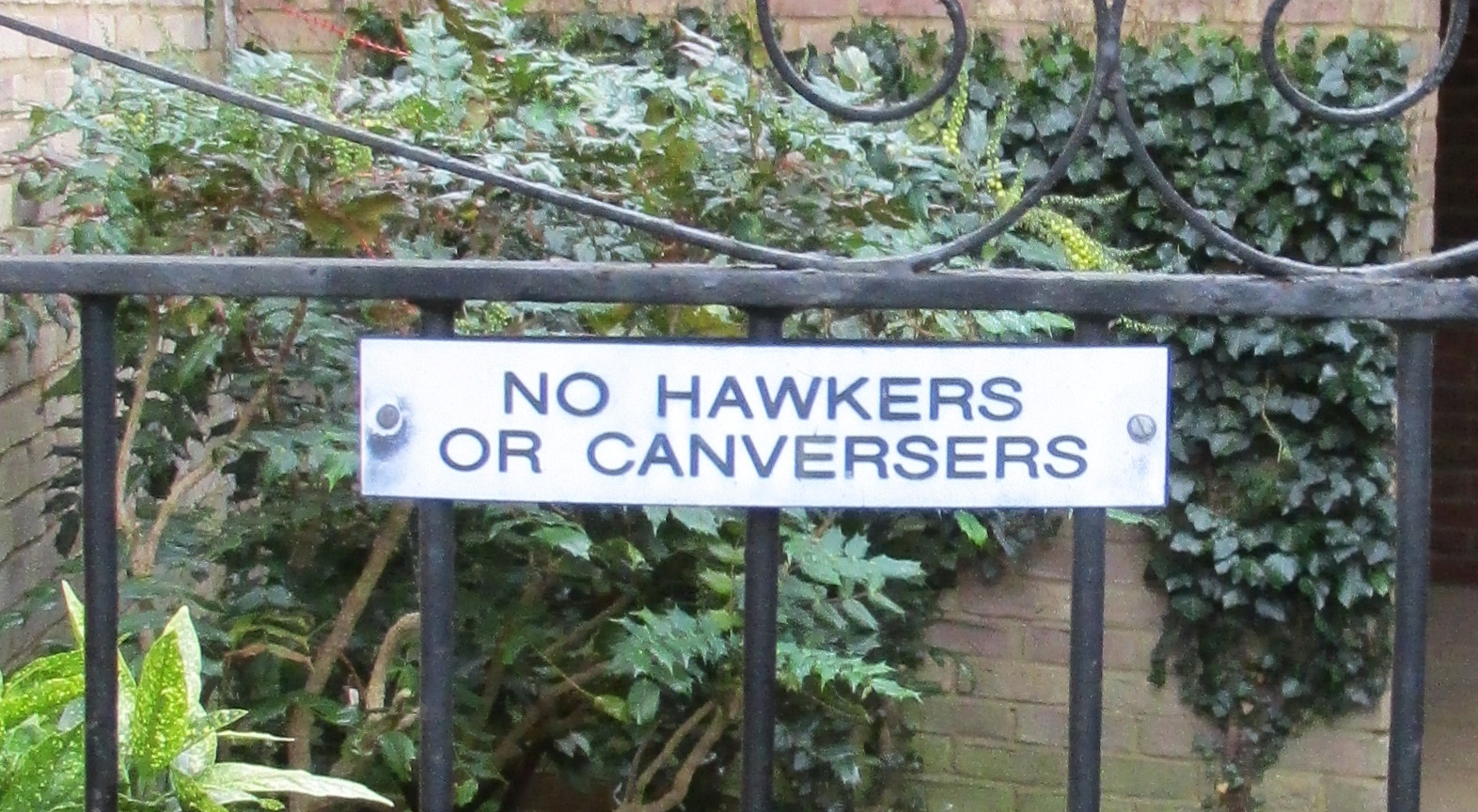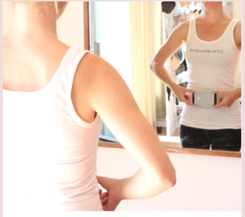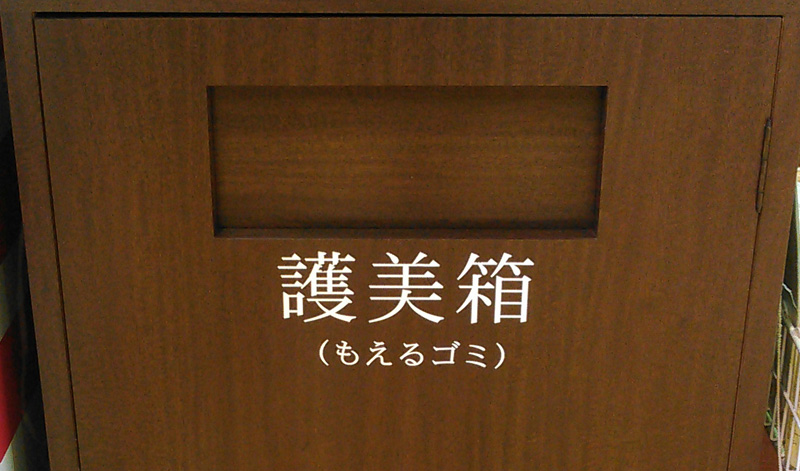Henry Thompson wonders (by email) whether something is changing in English syntax:
This from a 30ish native speaker of American English, with a PhD, definitely literate.
"I had a quick glance at sections of the [xxx], and it does have
some good tips, so I'd encourage you to look over it:"
The issue is whether a verb-associated intransitive preposition goes before or after a direct object. The standard view is that either order is possible with full noun-phrase objects, while unstressed pronominal objects can only precede the preposition:
Kim pointed out the mistake.
Kim pointed the mistake out.
*Kim pointed out it.
Kim pointed it out.
Henry has noticed (he thinks) an increasing number of violations of this pattern:
I first noticed this is spoken English, e.g. ripped off them, fucked over me, picked up it, in the 1970s, and I feel like it's been steadily occurring in my hearing since then.
Read the rest of this entry »



